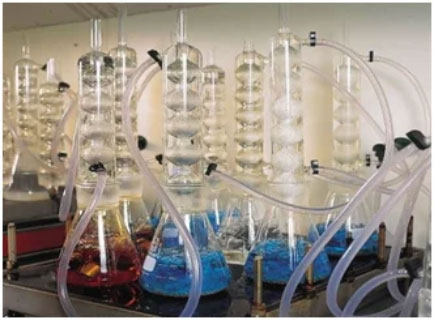IGC Practice
Sukhakarta Technical And Consultancy Services provides specialized testing methods for assessing intergranular corrosion, selecting techniques tailored to the steel grade and grain boundary composition. In stainless steels, intergranular corrosion can occur due to the precipitation of intermetallic phases, carbides, or nitrides. While intermetallic phases typically do not cause intergranular attack unless exposed to highly oxidizing environments, testing for carbides in materials with nitrides or intermetallic phases is conducted using less oxidizing solutions to accurately evaluate corrosion susceptibility.

We offers a range of intergranular corrosion testing services in compliance with ASTM A262 standards. These include:
- Oxalic Acid Etch Test (Practice A): A quick screening method for stainless steel grades resistant to intergranular attack caused by chromium carbide precipitation.
- Streicher Test (Practice B): Measures material performance based on weight loss after exposure to ferric sulfate and sulfuric acid, assessing resistance to intergranular damage.
- Huey Test (Practice C): Involves boiling samples in nitric acid to evaluate heat treatment adequacy and susceptibility to intergranular corrosion in oxidizing environments.
- Strauss Test (Practice E): Evaluates stainless steel's sensitivity to intergranular attack due to chromium carbide precipitation through a visual inspection after bending the specimen.
- Weight Loss Test (Practice F): Provides a quantifiable measure of a material's vulnerability to intergranular corrosion in its "as received" condition.
